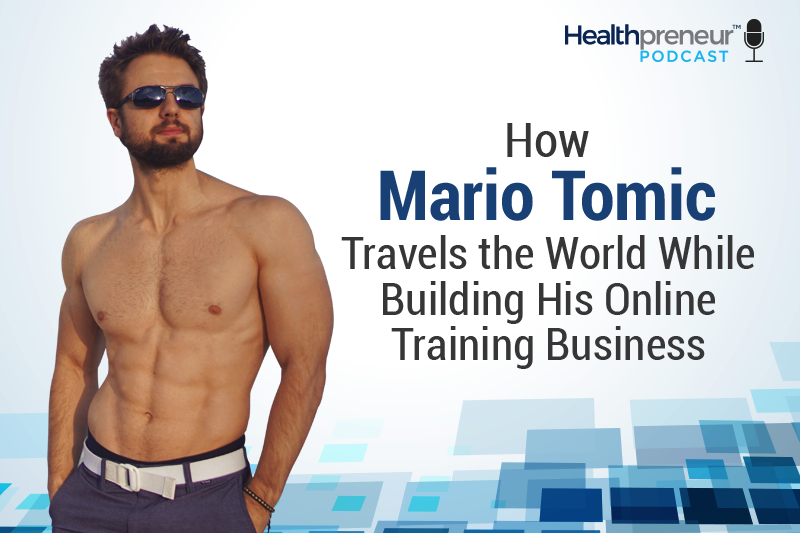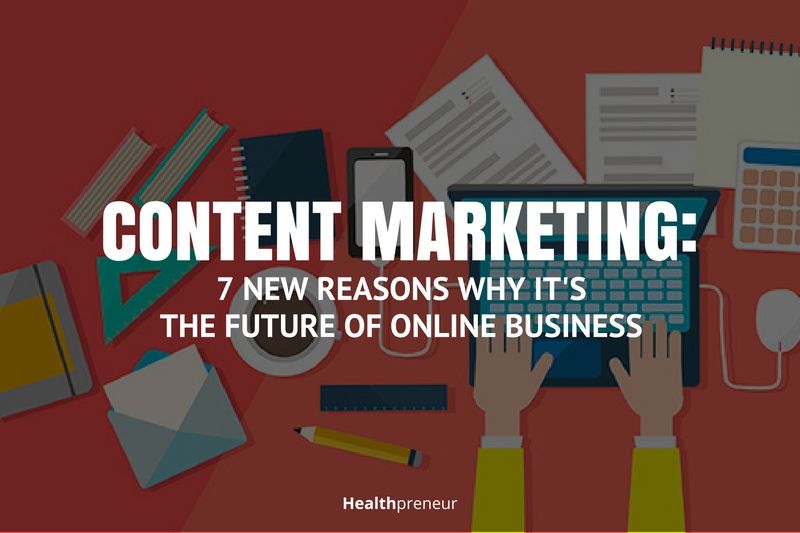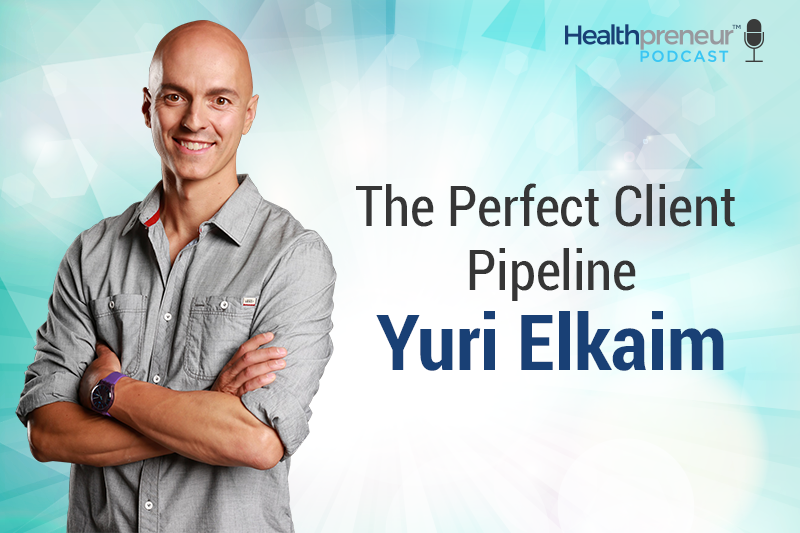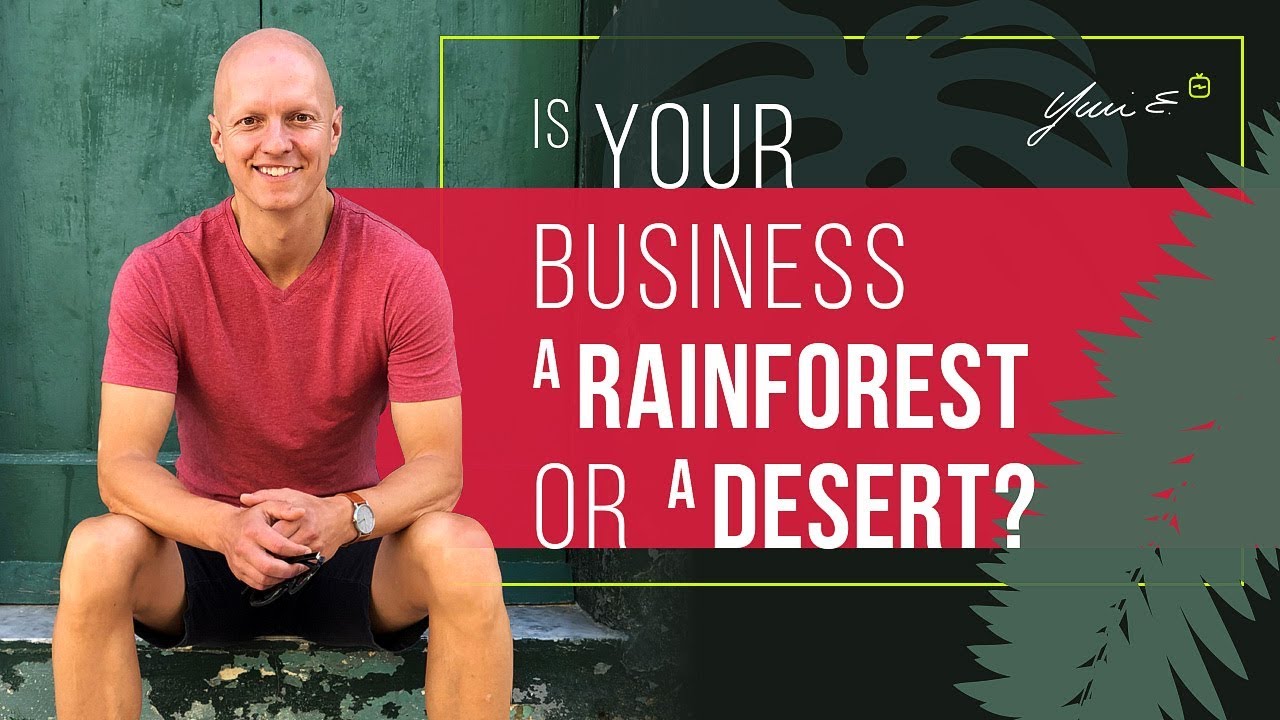How to Share Content That Motivates People to Buy
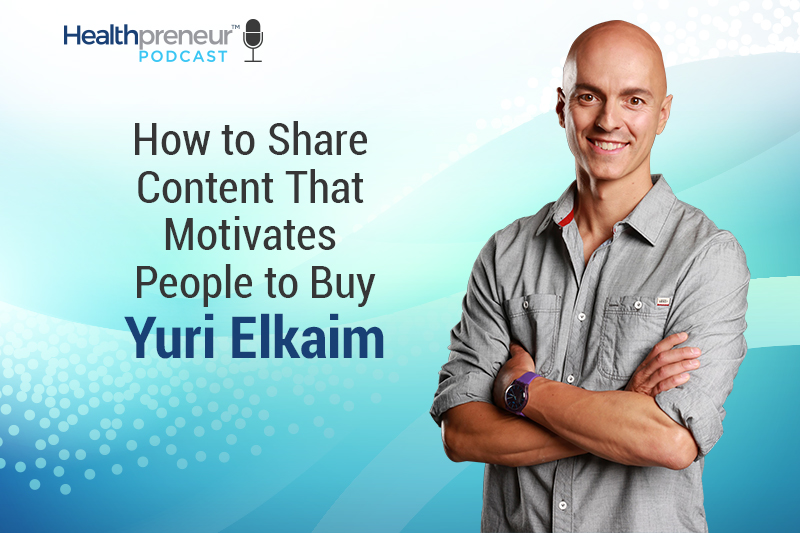
Welcome back to another solo round of the Healthpreneur Podcast! Today I am going to be talking to you about why so much online content doesn’t generate revenue and how you can avoid that problem in your business.
I’m talking about verbal diarrhea.
That’s right. In today’s episode I am going to explore what works—and what doesn’t—when you are sharing content through webinars, Facebook Live videos, blogs, or YouTube videos. Hint: You CAN and SHOULD make money from all these outlets and no, you don’t have to share EVERYTHING.
The secret is WHAT content you share. What content leaves your readers, watchers, or listeners burning with desire. What content leaves them asking, “But…how?”
If you feel like you’re giving your content away for free or if your content marketing isn’t yeilding the conversions you’d hoped for, I’m going to share with you some tips on exactly how to change that.
In this episode I discuss:
1:00 – 5:00 – Examples of why some web content doesn’t make money.
5:00 – 11:00 – How to create content that drives revenue: Teach to Sell and build desire.
11:00 – 17:00 – Share the “what” and “why,” but not the “how” for higher conversions.
Transcription:
Welcome back to the show. I’m excited because I’ve got a great message to share with you. It’ll help you share your content in a way where people will want to go further with you and buy from you, instead of just giving away your best stuff for free with no return.
If you can resonate with that, don’t worry. I’ve been there, too. I think almost everyone who does any kind of content marketing has been there or is currently there.
Before we get into that, let me share a story with you.
Examples of why some web content doesn’t make money
A couple of years ago, I went to a website and bought an eBook on food photography. I was buying it for my wife because she was interested in food photography at the time. It was about $27.00 for the download.
After I purchased it, it took me to a white page with “Thanks.” at the top in tiny letters. That was it. I checked my email, got the download, it was all good, and that was the end of the story.
I went back to that website afterwards because they show their monthly income reports. This is a site in the health/food space and they show how much money they make on a monthly basis doing this.
The income reports show where they’re generating income and what their expenses are. I looked at the last 12 months, this was back in 2015, and their monthly income hovered between $18,000 and $25,000. At the time, they were getting 600,000 unique visitors to their site per month.
That’s a lot of traffic. In comparison, we get about 700,000 to my blog, which is pretty awesome.
Out of curiosity, about two years later, I went back to the website. I was doing some SEO research for our own website. I came across this website again, and now, two years later, they had 2.2 million unique visitors. That’s about three and a half times more traffic.
I looked at their income reports for the most recent twelve months. Their income was almost the same, hovering in the low to mid-$20,000s per month. I’m not saying that’s an insignificant amount of money, but I wondered why they have three and half times more traffic, but their income is still the same.
At an event about 2 years ago, I was sitting beside a friend who has one of the most popular wellness blogs on the internet. She was candid about the type of traffic she got, and I had a sense of some of her challenges. She said she got close to 6,000,000 unique visitors a month, but I knew her income did not reflect that.
Another buddy of mine was in a similar situation. At the time, he had one of the most popular blogs on the internet, but was struggling to monetize that content. In the last two years, things have changed for them.
These conversations and this discovery of my own led me to really understand that the way people are sharing content is not driving revenue for their business. That’s a very big problem.
What’s the point of creating content if it’s not generating ROI for you?
I don’t want to talk specifically about how to write a blog post (we have an entire course on that ) or do a YouTube video properly, because there is a distinction. if someone is searching on Google after searching on YouTube, they’re typically going to be searching for a solution to a problem, i.e. “How to X.”
What I’m about to share with you may not always apply to that type of content, and I’ll tell you why in just a moment.
How to create content that drives revenue: Teach to Sell and build desire
What I’d like to teach you is how to share your content in a sales environment. When I say “a sales environment,” I’m talking about any environment. Every environment is your opportunity to really make a stand, take a stance, and invite someone to move to the next level with you so you can better serve and support them.
Let’s use the example of a webinar or Facebook Live video. These are two synonymous mediums that you can use to share your content. On a webinar, a lot of people don’t share anything. I call this “No Teach.” There’s no teaching at all; it’s just a sales pitch the whole time.
On the flip side, we have what I call “Teach to Teach.” This is when you share all of your content. Everything. You verbal diarrhea everything all over everyone.
Then, in the middle, we have a sweet spot. This is where we want to spend most of our time. It’s a methodology I call “Teach to Sell.”
Let me give you the difference between Teach to Sell and Teach to Teach. Teach to Teach doesn’t yield any monetary results. Maybe not any, but less than they’d like to see. Teach to Teach shares the “How.” Teach to Sell shares the “What” and the “Why.” That’s a very big distinction.
A year and half ago, we had a health coach come to one of our workshops. She had a webinar that was selling a sugar detox. The sugar detox was not selling the way she wanted it to, which was basically not at all. I said, “Okay, let’s have a look at your keynote slides.”
I opened up the keynote and looked, slide by slide, at everything she was doing. Then, I found the answer. I was like, “Right there. See what you just did with the content? That’s the reason why people are not buying from you.”
She was using Teach to Teach. She was giving away the “How to Sugar Detox.” When that happens, you resolve the tension for the prospect. You scratch all of their itches and that kills any desire for the next step.
In that keynote, she had given away everything a person would need to do on their own to achieve success. That’s why her sales conversions were struggling. We made a couple tweaks and repositioned how she presented the content. It improved the quality and conversions of that webinar.
The Teach to Teach method would say, “If you want a detox from sugar, here’s step one: Get rid of sugar. Here’s exactly how to do that.” You provide valuable information, but your goal is not to teach people. Your goal is to help, support, and move them to a better future.
You can’t do that if they do things on their own. Wouldn’t you agree? Otherwise, the whole coaching and consulting industry would not exist. We know that people need our support and it’s our duty to present quality content to them in a way that moves them toward potentially working with us.
Teach to Sell focuses on the “What” and the “Why,” not so much the “How.”

Share the “what” and “why,” but not the “how” for higher conversions
Teach to Sell also builds desire. It doesn’t kill desire. If you were looking to lose belly fat and I told you one secret was to do full body movements that burn total body fat, I’ve told you the “How to”. Now, you know how to do it. Desire goes down for the potential of buying your solution.
Alternatively, from a Teach to Sell perspective, what we would say instead is, “Stop doing isolated movements.”
Notice that when you say, “Stop doing,” or “Avoid,” you’re telling them what to do, but then the next question in their mind is, “What do I do instead?” Even if you were to answer that, depending on the nature of your offer and how you’re structuring your content, they might then ask, “How do I do that?”
If you reveal that, then you’ve just shot yourself in the foot. It’s a very small distinction, a small little nuance that makes a big difference.
In the teaching component of a webinar or a Facebook Live we want to focus on the “What” and the “Why. ” We should share what to do, what to avoid, and why that’s important instead of exactly how to do it. If you take that one tip and build your content around it, it’ll make a difference in your conversions.
Let me go back to the blog and YouTube stuff for a second. I mentioned that this method is not what you want to do all the time with blogging or YouTube. When people search online, they searching “How to lose weight,” or “How to make a healthy meal.”
If that’s what they’re searching for, you have to provide the solution. Otherwise, your content will get crushed. People won’t share it and it’ll drop in the search engines.
There’s a balance when you put up free content on a blog or on YouTube. You can give that stuff away, but it’s up to you to decide if that’s the type of business you want to run. Do you want to give away all of your trade secrets and “How tos” for everything, or do you want to focus on one powerful message, or pillar piece of content?
If the latter, you should drive people to a webinar. Give them an amazing experience without revealing the ‘How to.’ Give them enough to where they say, ‘Wow, this is absolutely mind blowing and I need to know more.”
If that’s what you want to do and you want to see conversions from that, you must adopt the Teach to Sell method, even with your blog. Even if you’re producing “How to” stuff, there are ways to segue your free content into a call to action, which will lead to higher conversions.
That’s beyond the scope of this show today, but I did want to plant that seed and share the difference between Teach to Sell and Teach to Teach. Do not verbal diahrea all of your stuff all over everyone.
Keep it clean. Keep it concise. Focus on the “What” and “Why,” and not so much the “How.” That’s what people will pay you for.
If you want to see this in action and, more specifically, if you want to see how you can build a high six or seven figure health coaching business, I invite you to a great training called, “The Seven Figure Health Business Blueprint.” I’ll show you five secrets to building a hassle-free million dollar business. This is the blueprint to get there.
There are many different ways to build a successful business. I’ve done a lot of them. We’ve built a very successful presence online in the last 12 years. What I’m going to show you in this training is the simplest and fastest way to get to the end result while helping your clients at a deeper level.
You’ll also free up your time in a massive way and won’t waste your time fiddling around with nonsense like building funnels, optimizing pages, and other stuff most of us hate doing anyways.
If you’d like to join me for that training, go to healthpreneurgroup.com/training and register absolutely free. I promise you it will be one of the best 75 minutes you’ve spent working on your business, other than listening to this awesome podcast.
By the way, thank you for joining me and welcome if you’re brand new. I would greatly appreciate it if you subscribed to the show today so you don’t miss any of the episodes we’ve got coming your way.
We do a solo round every Monday and interviews with great experts in our space on Wednesdays and Fridays. We highlight what they’ve done to grow their business and how they’ve overcome some of the challenges along the way. Thank you so much for joining me. Go out there, be great and do great. We’ll see you on Wednesday.
If you enjoyed this episode, head on over to iTunes and subscribe to Healthpreneur™ Podcast if you haven’t done so already.
While you’re there, leave a rating and review. It really helps us out to reach more people because that is what we’re here to do.
What You Missed
In the last episode I spoke with Juma Iraki who is the owner and operator of Iraki Nutrition, a sports nutritionist, and business consultant for the top supplement company in Norway. He’s the head Sports Nutritionist for the National Judo Federation of Norway and a die-hard soccer fanatic.
In addition to helping people through his speaking, consulting, and counseling, Juma has an incredible story that is sure to inspire anyone who knows what it feels like to hit rock bottom. Despite the hurdles he’s lept to get to where he is today, Juma has structured his life in a way that allows for his top priorities to stay top of mind.
If you think this episode may not be for you—think again. Juma gives excellent insight on struggles that face ALL Healthpreneurs.
The nuggets of wisdom shared in this episode are truly inspiring and immediately actionable. You can listen to the episode here.
Related posts
November 22, 2017
How Mario Tomic Travels the World While Building His Online Training Business
Today’s podcast guest is Mario…
October 11, 2016
Importance of Content Marketing: 7 New Reasons Why Content Marketing Is the Future of Online Business
So, why is content marketing…


